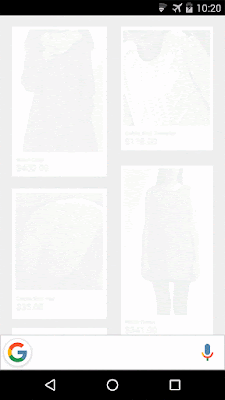This is part four of a five-part series introducing the creative process for data-driven campaigns as outlined in our new guide: The Creative Process for Programmatic: A Guide for Marketers.
Broadway shows have done it for decades. Bars and restaurants have been doing it for years. More recently, retailers have gotten on board—and now, smart brands are using the soft launch approach when mounting data-driven advertising campaigns.Thanks to the sophistication of digital media buys, the soft launch is now not only possible, but recommended. Digital — and, particularly, programmatic—allows your campaign to “sneak” out into the real world, where your team can review it in its live environment before launching in full force.
As part of our recent study of best practices for data-driven creative campaigns, we found that soft launches can save significant time, money, and hassle for marketers and their creative, media, and production teams.
What is a soft launch?
A soft launch allows you to run your campaign for a short amount of time (experts recommend 4-7 days) at a minimal daily budget (as low as $10 day). You and your teams can use this time to look for bugs and make sure everything is performing correctly. During this time, you should:- Make sure that all of your platforms are integrating. If you’re not using an end-to-end solution, make sure that your buy-side, sell-side, and creative platforms are integrating correctly and not interfering with each other, as this may affect how ads are served.
- Review how the creative looks in context. No matter how carefully you craft your creative template and variables, your work may look different once it’s live. Make sure everything is lining up properly and rendering correctly—and as long as you’re at it, give the copy one more solid proofread.
- Ensure that the correct metrics are tracking. Have your media agency pull reports at both the campaign level and the dynamic creative level. This will give you a birdseye view of your campaign, as well as a sense of which dynamic elements are performing best and should be optimized.
Once you’ve evaluated your campaign in a real-world context, you can ratchet your budget up to your desired daily spend.
When should you do a soft launch?
The soft launch is a crucial step that should never be skipped with data-driven campaigns; but if you have the flexibility it’s worth considering for all digital campaigns, even those with a more traditional bent. It occurs at the end of Step 4 in our recommended process for data-driven creative campaigns: after your team has:- Gathered data signals.
- Collaborated on an all-hands kick-off.
- Designed and developed creative.
Before moving on to the soft launch, your team will also traffic the campaign and conduct a cross-agency QA.
To learn more best practices for trafficking and QA’ing data-driven campaigns, as well as see examples of real campaigns in action, please visit The Creative Process for Programmatic: A Guide for Marketers.
 | Posted by Becky Chappell Product Marketing Manager, DoubleClick |







